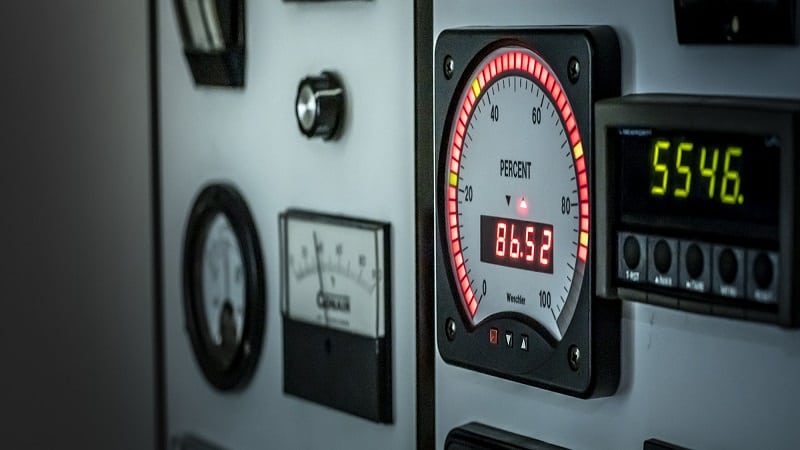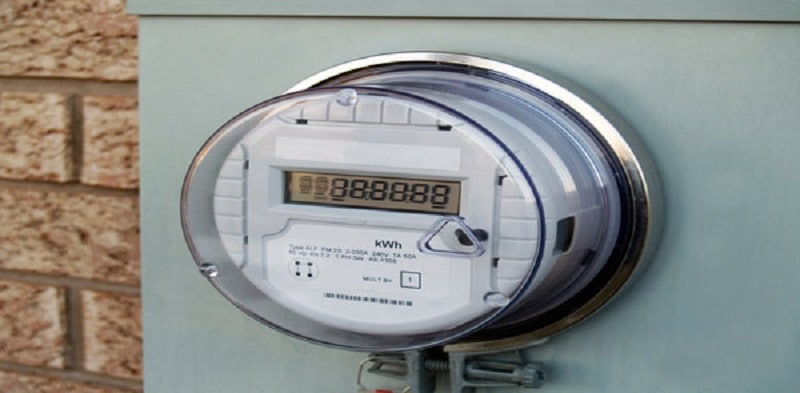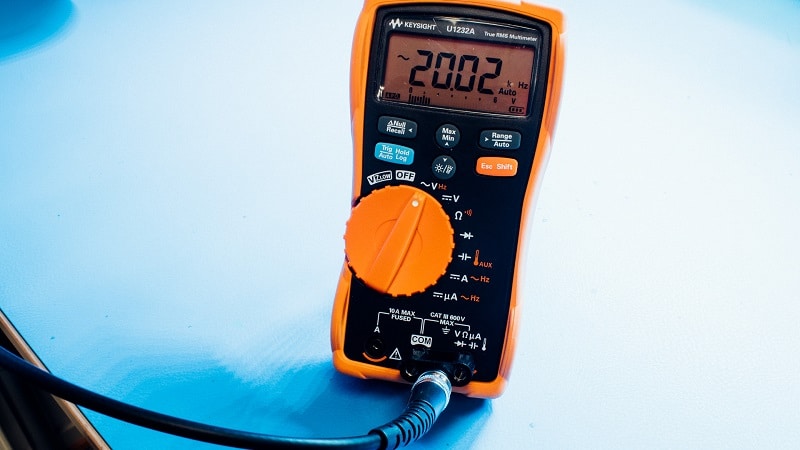
As the world consumes more energy, the need for controlling our energy consumption becomes more urgent. Most people know the importance of regulating our energy consumption rates. Then, why don’t more people try to control their consumption? Well, most businesses and homeowners don’t have the metering and monitoring tools in place to understand their energy consumption patterns.
Where can you find monitoring meters that come with all the vital features? You can directly check out CHINT Instruments Meters. Explore CHINT’s catalog of amazing meters to pick the one that’s best suited for your specific requirements. Before that, understand how instruments meters work and why they’re important.
The Importance of Using Instruments Meters
Residential and commercial properties can cut down their energy costs by 20% every year – just by using high-quality monitoring tools. If they realize when and how they consume the most amounts of electricity, they’ll be able to cut down their consumption.
That’s why using high-quality monitoring meters is so important. If property owners buy, install, and use these meters, they can easily modify their consumption habits and cut energy costs.
But, which meters should property owners select? This selection will depend on various factors. There’s a multitude of energy monitoring instruments in the market. These devices come with different voltages, resistances, capacitances, and features.
Here are four factors shoppers must consider when choosing between these devices.
1. Go for Meters with the Most Capabilities

Ideally, your meter should be able to measure all types of inputs – current, voltage, and resistance. Only multimeters or “multi-testers” offer these capabilities. So, buying these multi-faceted electronic measuring instruments makes total sense.
With a multimeter, you get an Ohmmeter, an Ammeter, and a Voltmeter – all rolled into one device. These devices are used to test, repair, and install electrical devices. There’s a huge demand for high-quality testing equipment among electrical and electronics engineers.
That’s why the market is full of multimeters, especially digital multimeters. These devices come in different designs, sizes, and price points. More expensive multimeters offer more measuring capabilities.
However, every standard multimeter will allow you to measure Voltage and Current. Slightly more advanced and more expensive multimeters will also allow you to measure resistance. Overall, you should select a Multimeter that at least allows you to –
- Check whether wires are conducting electricity or not.
- Measure the voltages of batteries.
- Track how much current is flowing through a machine (e.g., a lighting arrangement).
2. Digital Specifications
There are two main types of multimeters – digital and analog. Most modern-day buyers prefer using digital multimeters because they’re easier to read and use. Your digital multimeter must also come with the right DMM specifications.
DMM specifications (digital multimeter specifications) reflect the measuring capabilities of the multimeter. Ideally, your digital multimeter should offer the following measuring capabilities –
- DC current
- AC current
- DC voltage
- AC voltage
- Resistance
High-end digital multimeters allow users to measure all these different types of inputs. With more readings and data, users gain a clearer sense of their energy consumption patterns.
Make sure that your digital multimeter can withstand the current ranges of the electrical devices you want to monitor.
3. Input Impedance
When a monitoring meter is connected to a circuit, the device acts as if a load with current is passing through it. Monitoring meters with high input impedances don’t need to draw much current to test circuits.
That’s why you can use multimeters with high input impedances to measure very low voltages on logic circuits. If you want to measure super-sensitive electronics, you can only get accurate measurements from a multimeter with high input impedance.
These multimeters give highly precise measurements, even when measuring very low voltages. However, users must be careful not to pick up false voltage readings.
4. Frequency and Temperature Measurement

The latest multimeters in the market can measure both frequencies and temperatures. By buying a digital multimeter that can measure frequency, you can monitor voltages and currents within specific frequency ranges. This ability to monitor voltages and currents within specific frequency ranges can be very helpful for homeowners.
For example, let’s say you’re using a device that’s powered by consistent AC voltage. With a digital multimeter that can measure frequency, you can ensure that the device maintains the correct frequency.
You can also buy digital multimeters that allow temperature monitoring. Digital multimeters with “dual differential temperature functions” even allow users to measure two separate temperatures at the same time.
Consider these factors to get the best possible instrument meter for your home or office.










